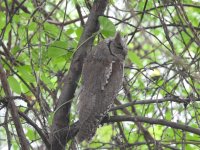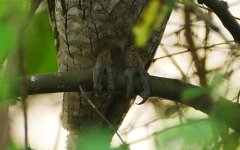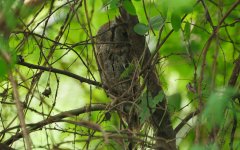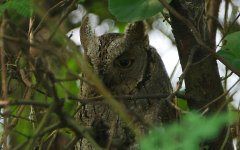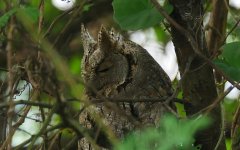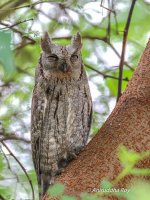sbiswas.geo
Well-known member
This owl has been spotted in our city since yesterday morning and it has been a subject of hot debate. While some are arguing in favour of an Eurasian Scops Owl (which will be super super rare in this part of India, nearest record is 1900 km west), others think this falls within variations of an Oriental Scops Owl which is usual here.
I am uploading images/videos shot by various birders including me. The habitat is within city. It is seen roosting on acacia and other medium sized trees during daytime, next to a fishing pond by a motorable road. No calls heard yet. Please share your views and suggestions.
Thank you.
Youtube Video 1
Youtube Video 2
eBird image 1
eBird image 2
eBird checklist 1
eBird checklist 2
eBird checklist 3
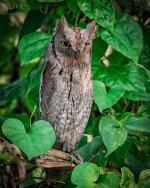
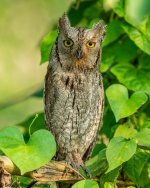
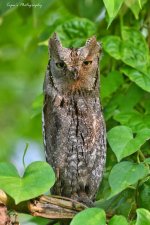
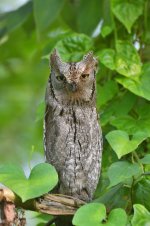
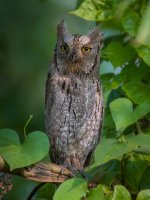

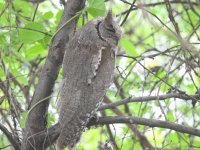
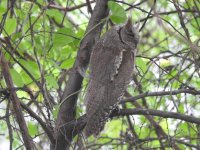
I am uploading images/videos shot by various birders including me. The habitat is within city. It is seen roosting on acacia and other medium sized trees during daytime, next to a fishing pond by a motorable road. No calls heard yet. Please share your views and suggestions.
Thank you.
Youtube Video 1
Youtube Video 2
eBird image 1
eBird image 2
eBird checklist 1
eBird checklist 2
eBird checklist 3








Attachments
Last edited:




